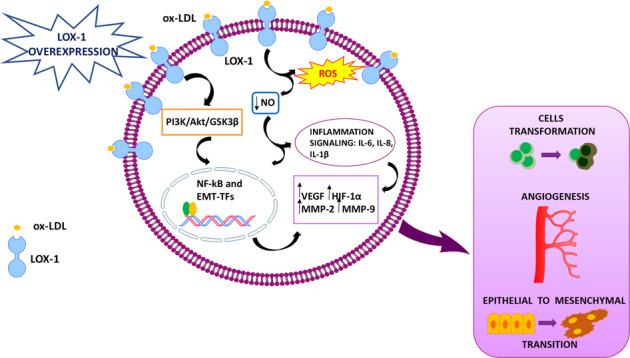Fig. 1. Intracellular molecular mechanisms leading to metabolic reprogramming and cell transformation, mediated by LOX-1 overexpression.

Ox-LDL binding to LOX-1 increases ROS formation and NO release reduction, alternatively it can activate the PI3K/AKT/GSK3β cascade. The activation of both pathways results in the triggering of transcription factors associated to epithelial to mesenchymal transition (EMT-TFs) and of NF-kB. The NO release reduction can also activate the inflammatory signaling (IL-6, IL-8, and IL-1β). The final result is the activation of hypoxia pathways (VEGF, HIF-1α) and the enhancement of mesenchymal markers expression (MMP-2 and MMP-9). The outcome of all these processes determines cell transformation, angiogenesis, and the epithelial to mesenchymal transition.
